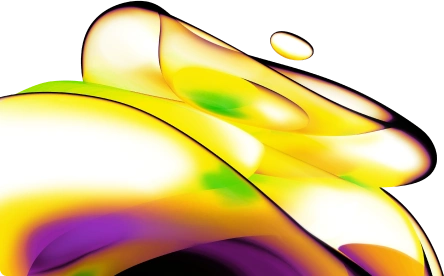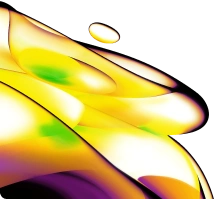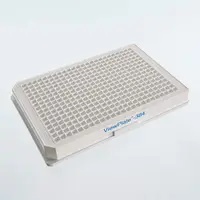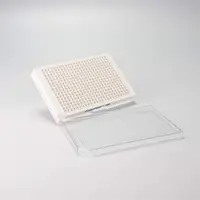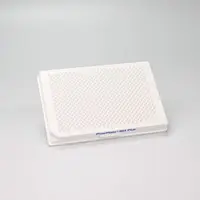
AlphaLISA Surefire Ultra Human and Mouse Phospho-STAT1 (Tyr701) Detection Kit, 500 Assay Points
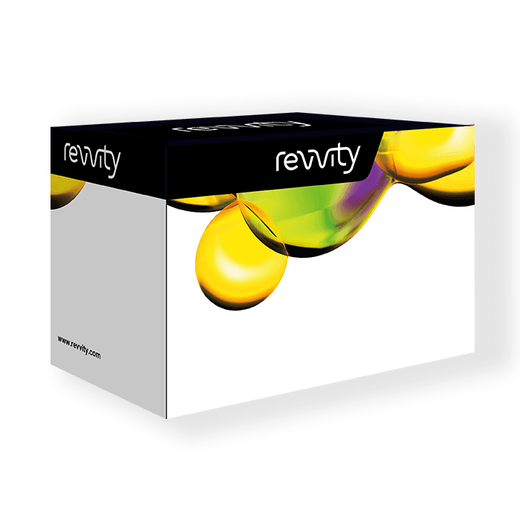
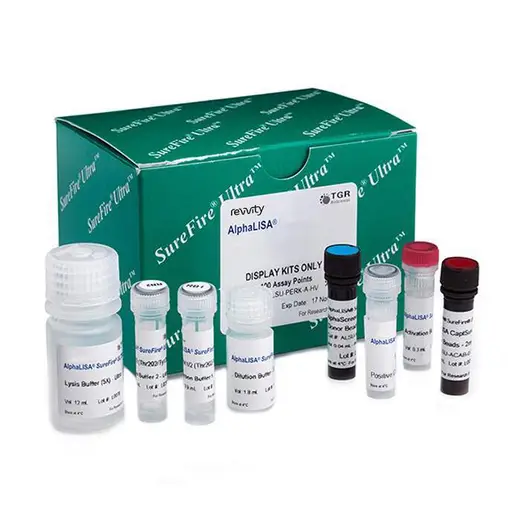
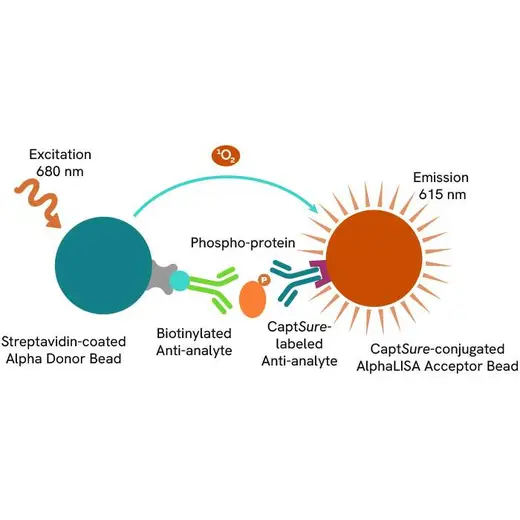











The AlphaLISA® SureFire® Ultra™ p-STAT1 (Tyr701) assay is a sandwich immunoassay for quantitative detection of phospho-STAT1 (phosphorylated on Tyr701) in cellular lysates using Alpha Technology.
For research use only. Not for use in diagnostic procedures. All products to be used in accordance with applicable laws and regulations including without limitation, consumption & disposal requirements under European REACH regulations (EC 1907/2006).
Product information
Overview
The AlphaLISA® SureFire® Ultra™ p-STAT1 (Tyr701) assay is a sandwich immunoassay for quantitative detection of phospho-STAT1 (phosphorylated on Tyr701) in cellular lysates using Alpha Technology.
This kit contains reagents to run 100 wells in 96-well format, using a 60 µL reaction volume.
In the AlphaLISA® SureFire® Ultra™ assay, Donor beads are coated with streptavidin to capture one of the antibodies, which is biotinylated. Acceptor beads are coated with a proprietary CaptSure™ agent that immobilizes the other antibody, labeled with a CaptSure™ tag. In the presence of phosphorylated protein, the two antibodies bring the Donor and Acceptor beads close together, generating signal. The amount of light emission is directly proportional to the amount of phosphoprotein present in the sample.
AlphaLISA® SureFire® Ultra™ kits are compatible with:
- Cell and tissue lysates
- Antibody modulators
- Biotherapeutic antibodies
Alpha SureFire® kits can be used for:
- Cellular kinase assays
- Receptor activation studies
- Screening
Specifications
| Assay Pathway |
JAK/STAT
|
|---|---|
| Assay Points |
500
|
| Assay Target Class |
Phospho-protein
|
| Automation Compatible |
Yes
|
| Brand |
AlphaLISA SureFire Ultra
|
| Detection Method |
Alpha
|
| Experimental Type |
In vitro
|
| Format |
Microplates
|
| One Unit Contains |
500.0 assay points
|
| Quantity in a Package Amount |
1.0 Units
|
| Unit Size |
500 Assay Points
|
Image gallery












Video gallery


Citations
Resources
This guide outlines further possible optimization of cellular and immunoassay parameters to ensure the best possible results are...
Discover Alpha SureFire® Ultra™ assays, the no-wash cellular kinase assays leveraging Revvity's exclusive bead-based technology...
Atherosclerosis pathogenesis, cellular actors, and pathways
Atherosclerosis is a common condition in which arteries harden and...
Therapeutic antibodies directed to cell surface receptors are increasingly being developed as treatments for a variety of diseases...
The measurement of protein phosphorylation is a useful tool for measuring the modulation of receptor activation by both antibodies...
An in-depth review of molecular and cellular pathways
The maintenance of proteostasis, the biological mechanisms that control the...

SDS, COAs, Manuals and more
Are you looking for technical documents for this product. We have housed them in a dedicated section., click on the links below to explore.


How can we help you?
We are here to answer your questions.
